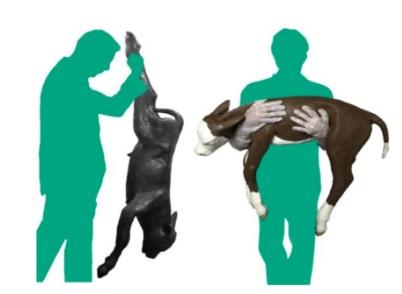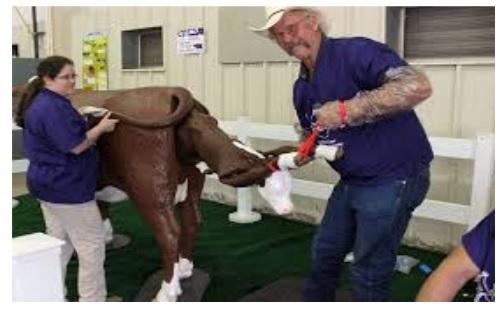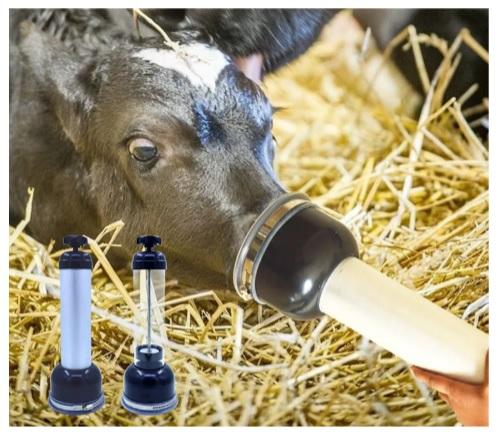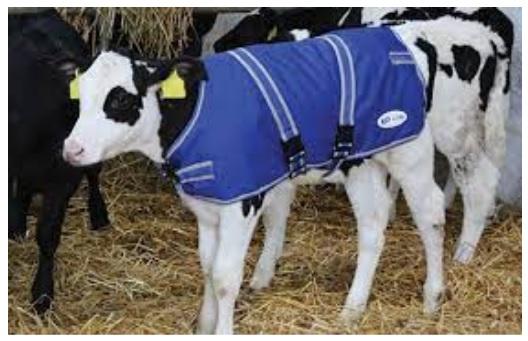Dystocia can be the cause of death of 40% of calves
Published: December 22, 2022
By: Abbas Moazami Goudarzi / Ph.D. ruminant nutrition, Young Researches and Elite Club, Pardis Science and Technology Branch, Islamic Azad University, Pradis, Iran.
Approximately 40 percent of calves that require partial assistance at birth die immediately or later (those that survive are more likely to develop respiratory and digestive problems later in life). Dystocia is associated with 50% pre-weaned calf mortality, each dairy should implement a dystocia management program and use management practices that limit the occurrence and impact of dystocia.

First-calf Holstein heifers always have the most problems with dystocia. Making sure the heifers are well grown and in good condition at calving is the starting point. Using calving ease bulls on heifers is also critical. Personnel should also be trained in the delivery process. Frequent observations during labor are important to determine if and when assisted labor is needed.

After the calf is born, there are three simple things that must be done immediately: Stimulate and strengthen the animal's breathing. To help calves breathe, mucus in the upper airway should be removed by suction or by positioning the head and neck to drain.

The common practice of suspending calves by their hind legs in clear liquids can backfire. Place the calves in a lying position immediately after birth, and if the calves have not started to breathe, the use of mechanical suction devices to remove fluids and strong rubbing of the ribs with a towel will also stimulate the calf to breathe.

Minimize heat loss. Calves must maintain their body temperature at 38 degrees Celsius. Dry calves immediately after birth. Calves should then be placed in areas with deep bedding so they can nest. In winter, you may need to provide additional warmth through heat lamps, warming boxes, or calf jackets. Prescribe colostrum. In addition to improving the function of the immune system, colostrum provides essential fluids, increases blood volume, and improves blood circulation. Colostrum is an important source of energy and helps maintain their body temperature.

Related topics:
Authors:
Recommend
Comment
Share

Would you like to discuss another topic? Create a new post to engage with experts in the community.











